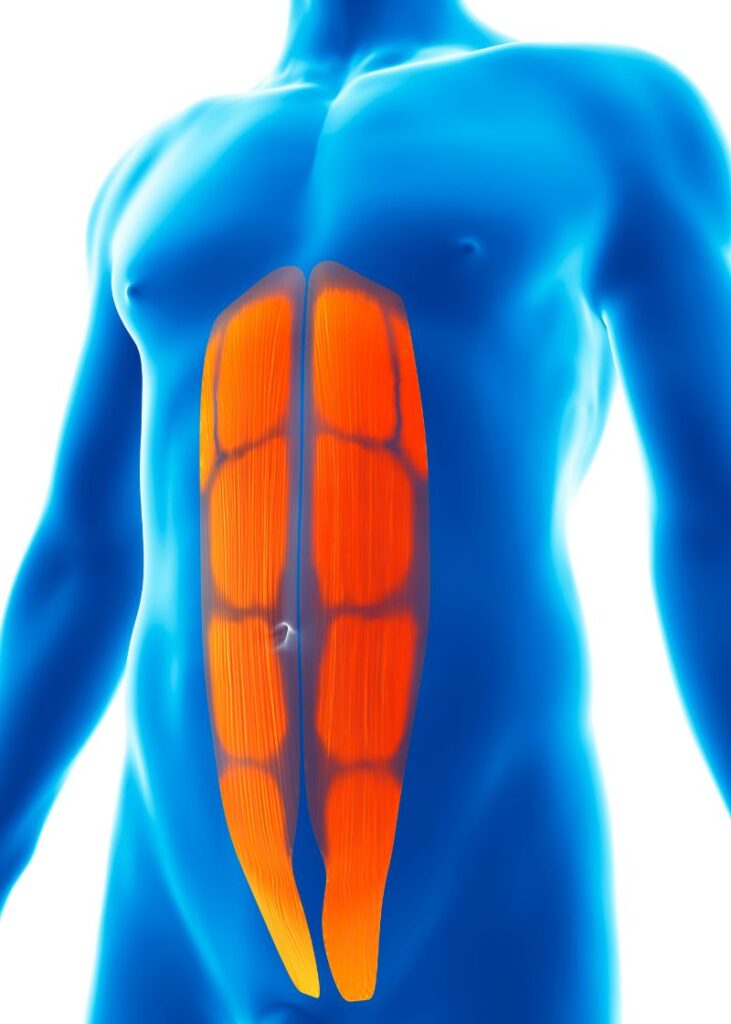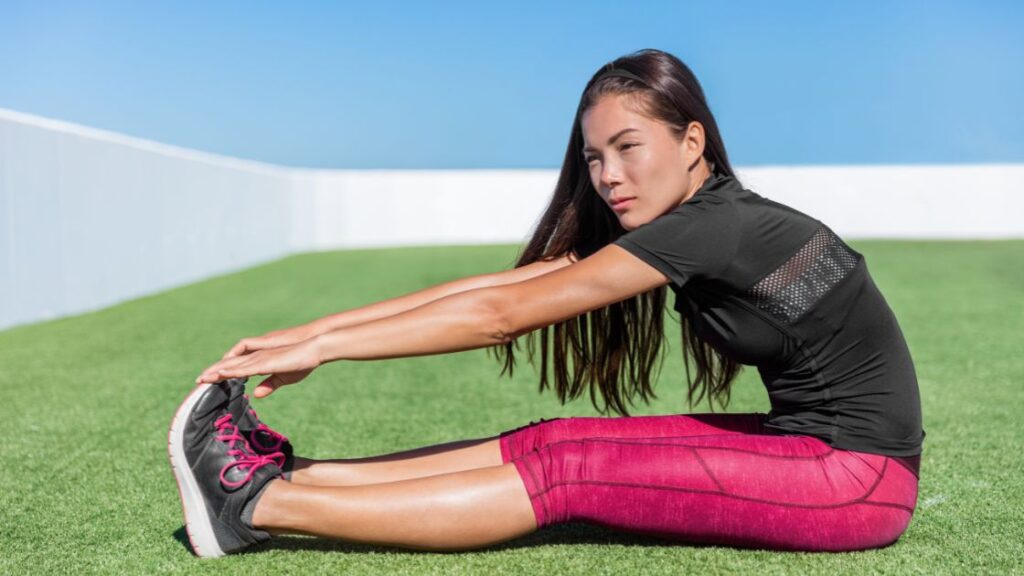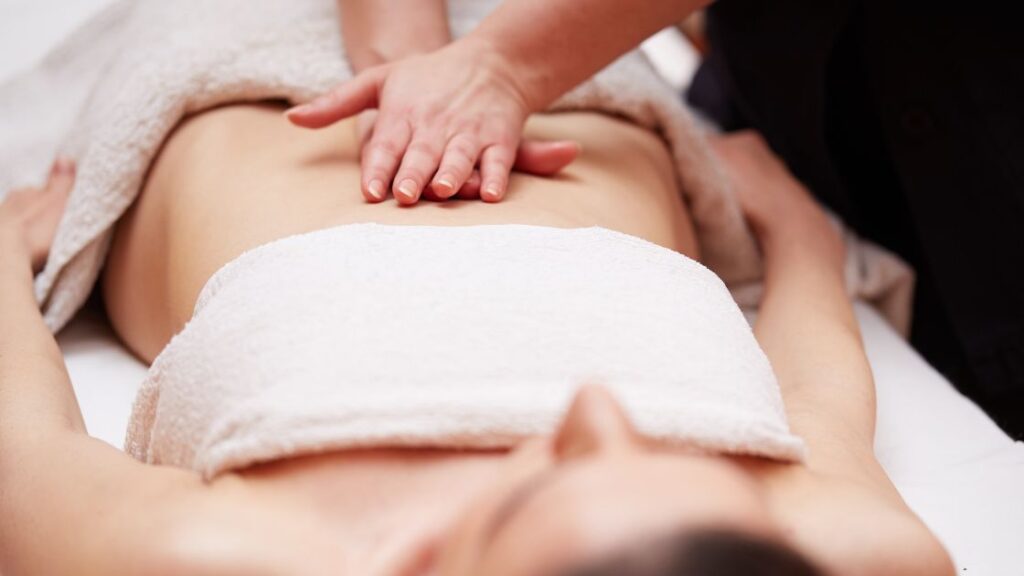Muscle Group of the Week: Anterior Abdominal Wall
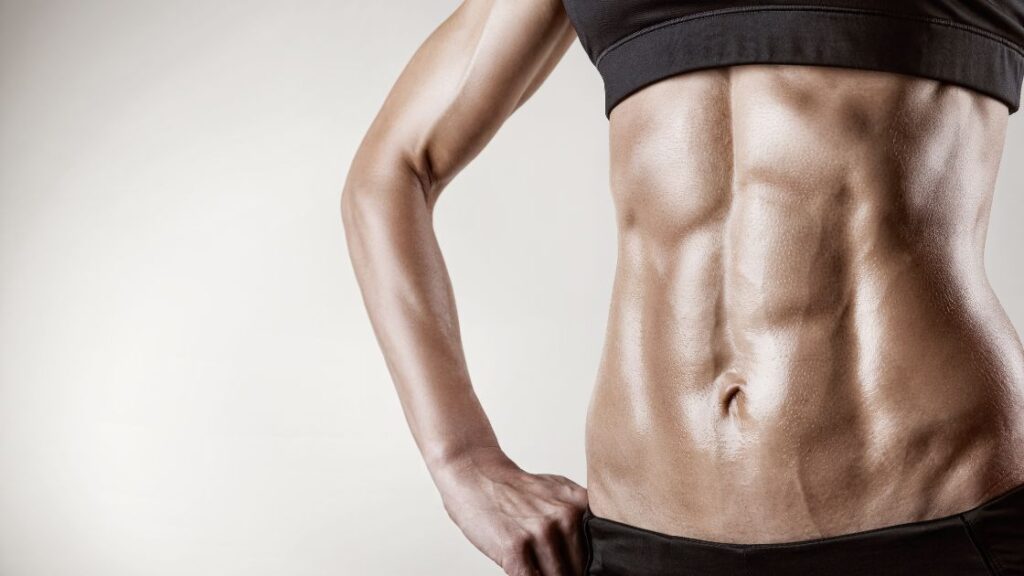
In our last article, we talked about the lateral structures of the anterolateral abdominal wall – which includes the external abdominal oblique, internal abdominal oblique, and the transverse abdominis. This time, we’ll talk about the anterior structures of the abdominal wall: the rectus abdominis and the pyramidalis.
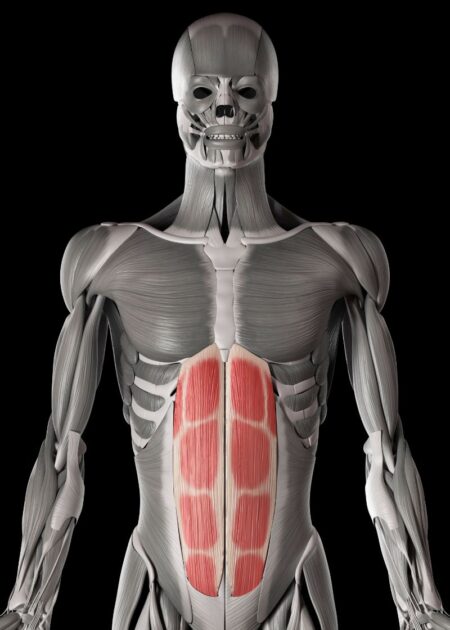
Rectus Abdominis
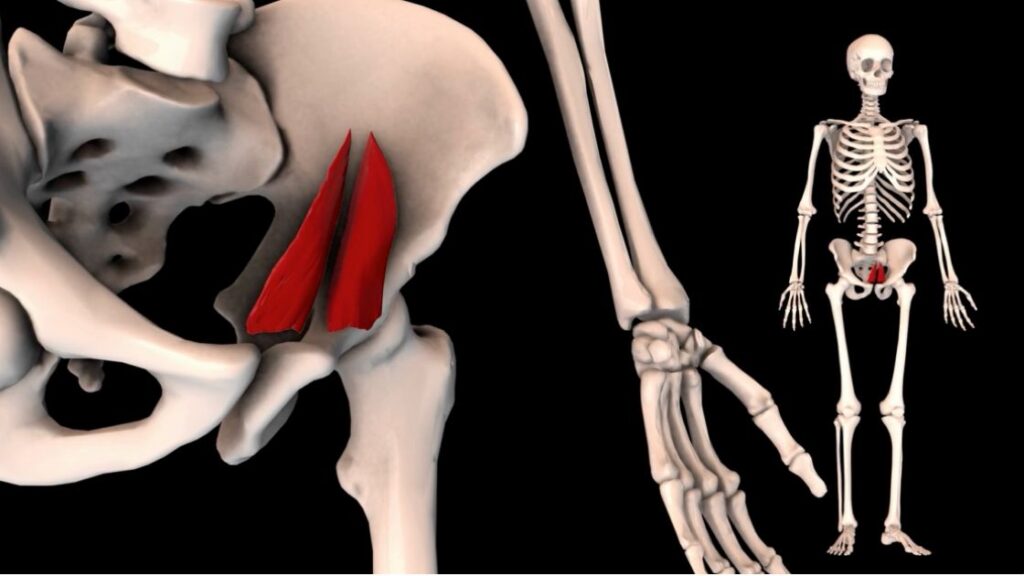
Pyramidalis
While the obliques and transverse abdominis are more flexible than the anterior abdominal muscles, the rectus abdominis is the most powerful spine flexor and the main abdominal muscle. More commonly known as the abs, the rectus abdominis is responsible for narrowing the space between the ribs and the pelvis and is easily visible (in the form of a six-pack) on very fit people.
With the rectus abdominis being so recognizable, its unseen and far smaller counterpart known as the pyramidalis tends to be overlooked. But the pyramidalis has a little bit to offer as well!
What Does it Do?
Any action that brings the chest closer to the hips activates the anterior abdominal wall muscles. Bending down to pick something up from the floor, touching your toes, doing the ragdoll yoga pose… those sorts of things.
Your abs don’t just activate when your torso shortens. The rectus abdominis is doing its work when you stand upright too! Stabilizing the pelvis, the rectus abdominis is an important contributor to good balance and posture.
Like the lateral abdominal wall, the anterior wall also compresses abdominal viscera and increases intra-abdominal pressure. Bodily functions such as forced breathing, urination, defecation, and labor are all assisted by this muscle group.
To recap, here are the specific functions of the two anterior abdominal wall muscles:
- Rectus abdominis
- Anterior trunk flexion
- Compression of abdominal viscera
- Expiration while breathing
- Stabilization of pelvic tilt
- Pyramidalis
- Tenses the linea alba
Let’s get two things straight before moving on – what is the linea alba, and what happens when the pyramidalis tenses it up?
The rectus abdominis consists of two long flat parallel muscles divided by a white line of connective tissue. This fibrous midline structure is what’s known as the linea alba. As far as medical experts today are concerned, the act of tensing the linea alba isn’t really a significant function on its own – sorry, pyramidalis. But the pyramidalis isn’t a completely useless muscle, as it does tend to contract when the other abdominal muscles contract. This means it contributes to whatever action all the other anterolateral abdominal wall muscles are enacting if/when it contracts along with them!
Making it Strong
Did you know that weak abs can contribute to back issues? It’s true – strong abs keep the core centered, meaning the belly isn’t hanging forward and overstretching the back muscles. So what are some of the best exercises for keeping the anterior abdominal wall in check?
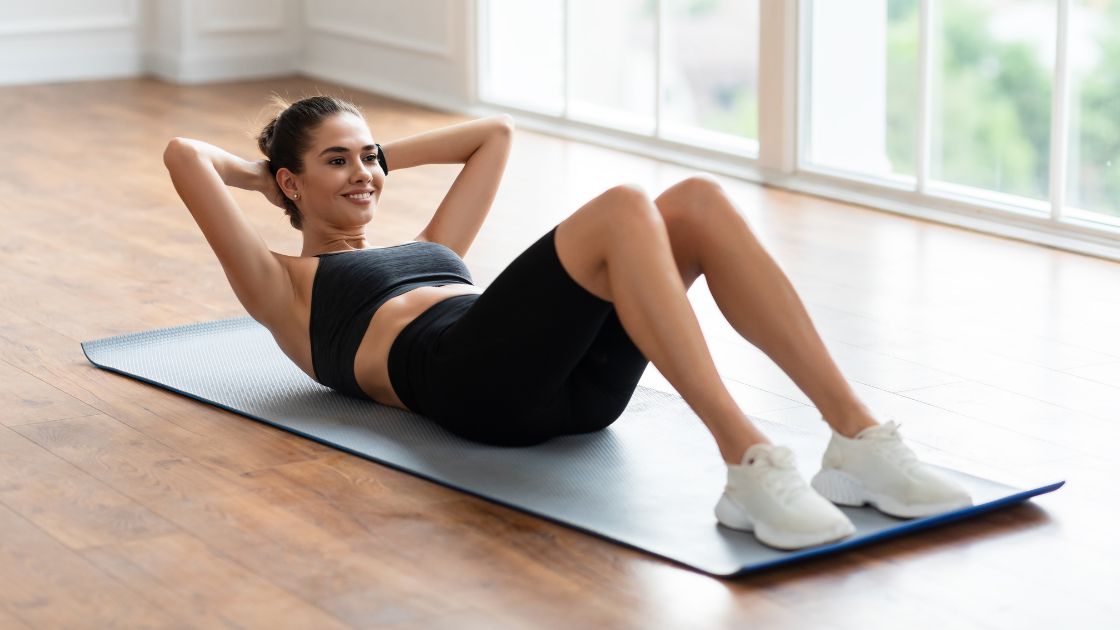
Abdominal Crunches
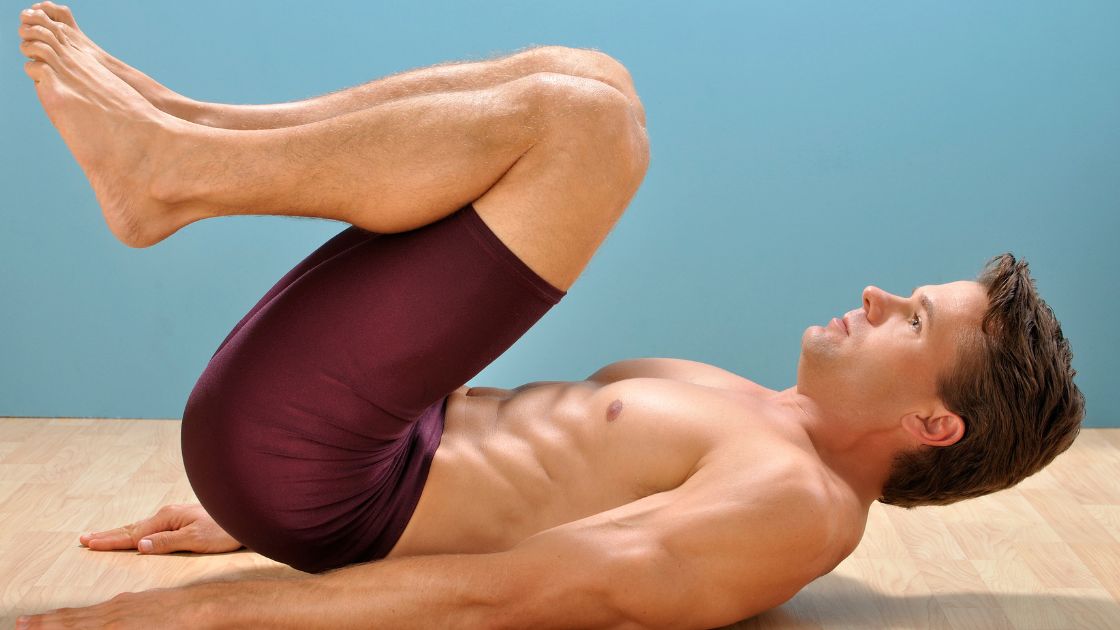
Reverse Crunches
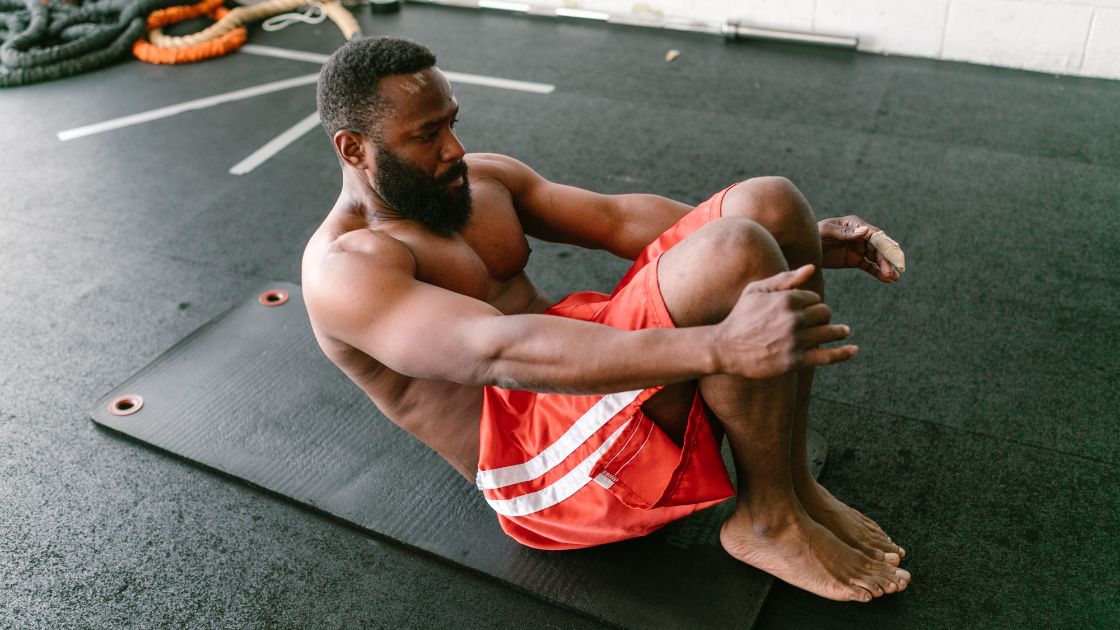
Sit Ups

Mountain Climbers
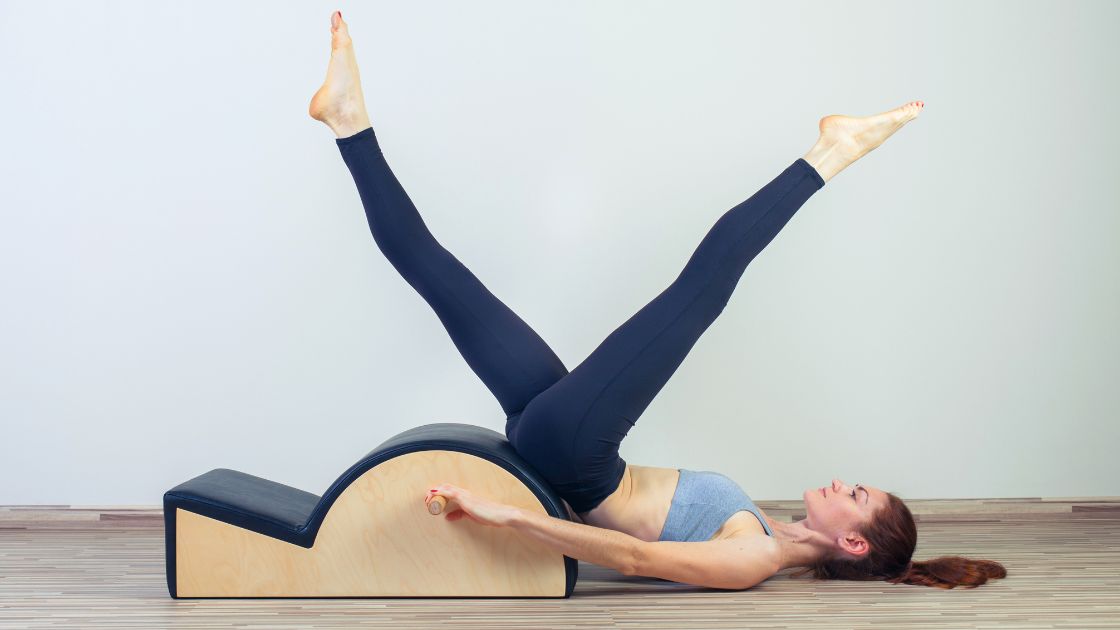
Pilates Scissors
The Best Stretches
You’re on your way to proper posture and balance! Now let’s make that anterior trunk flexion as flexible as it can be!
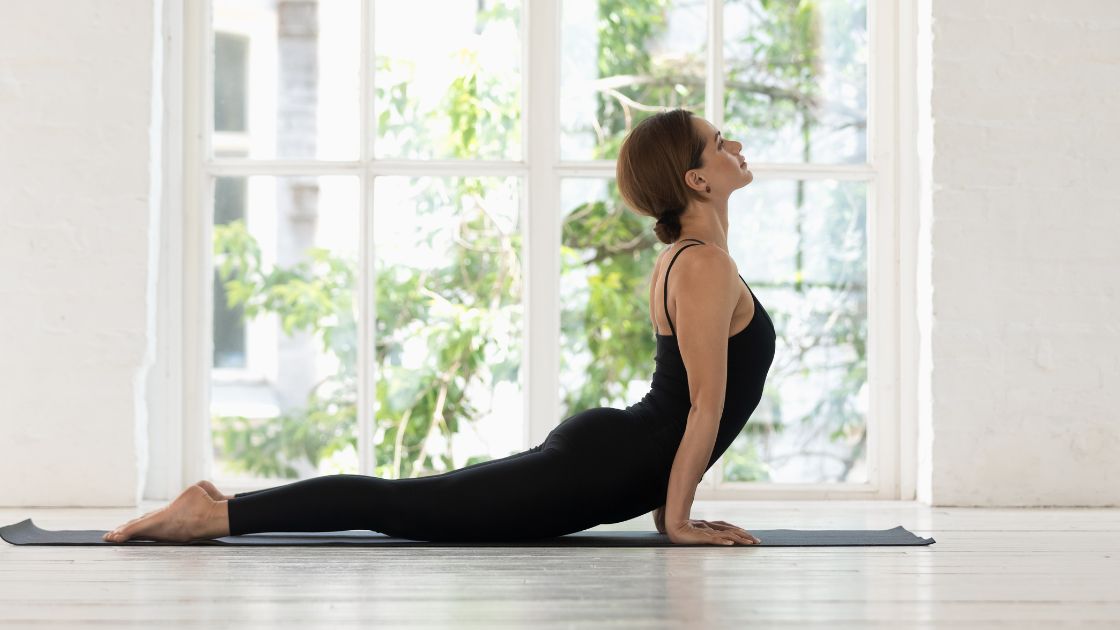
Cobra Pose

Bird Dog Pose
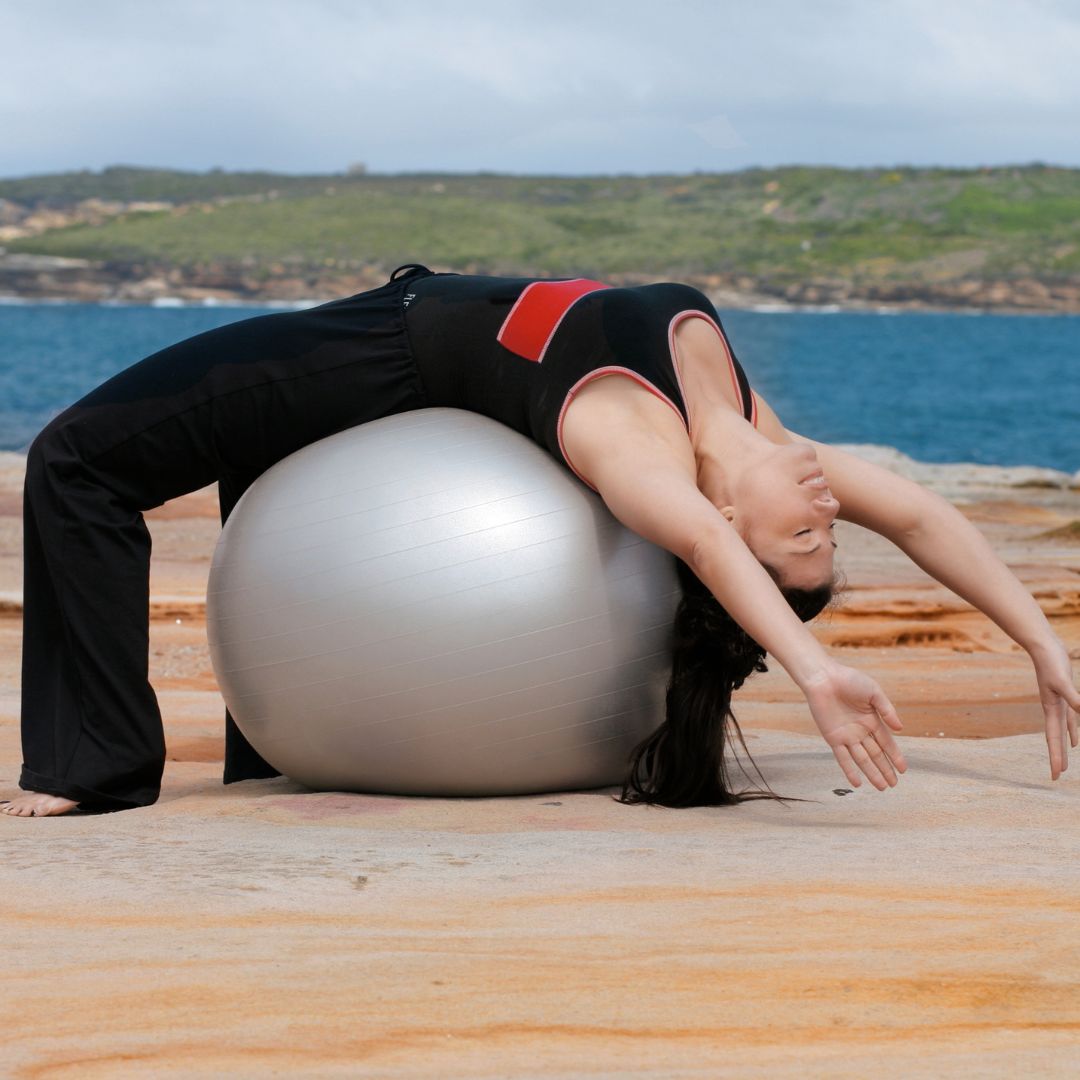
Backwards Ball Stretch
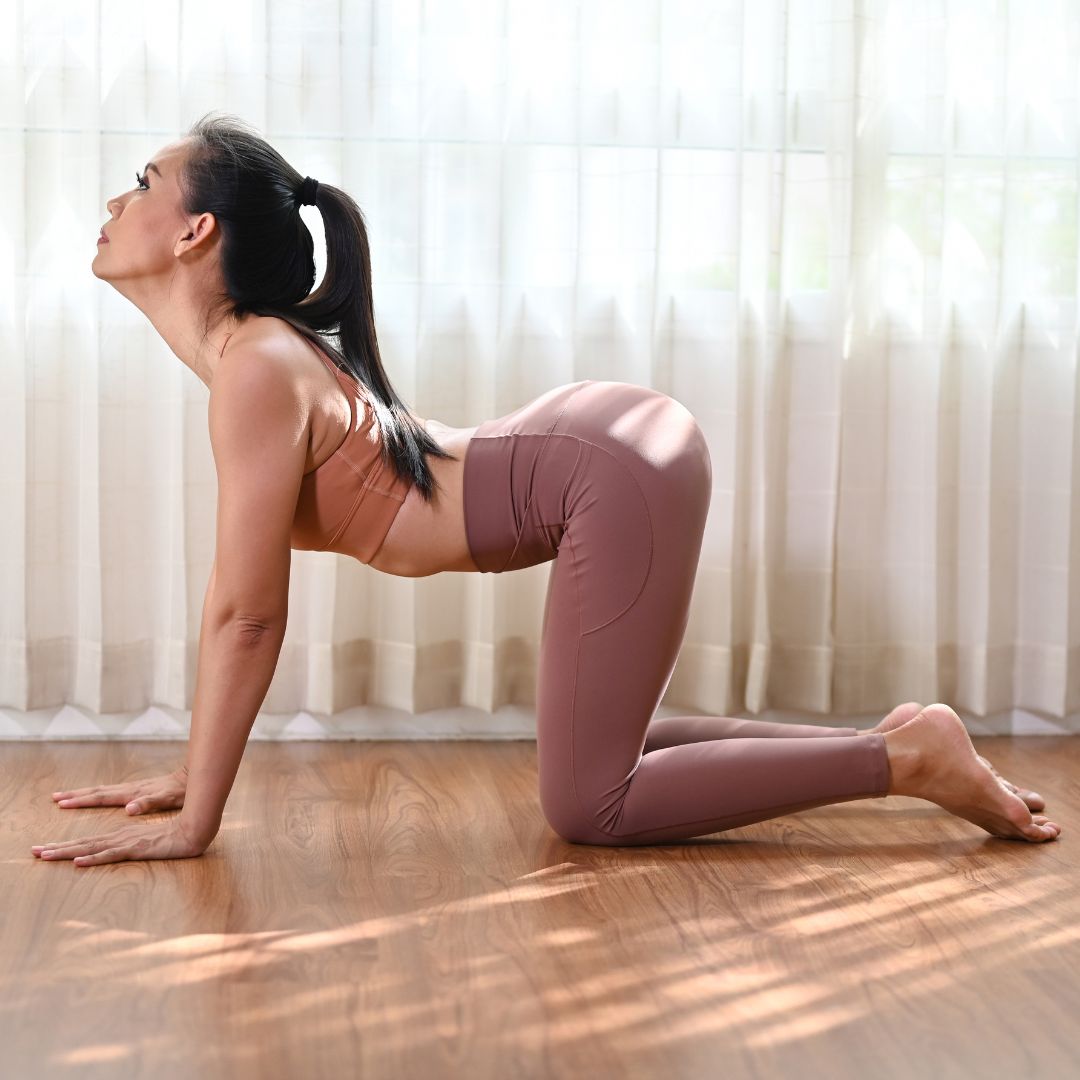
Cat-Cow Pose
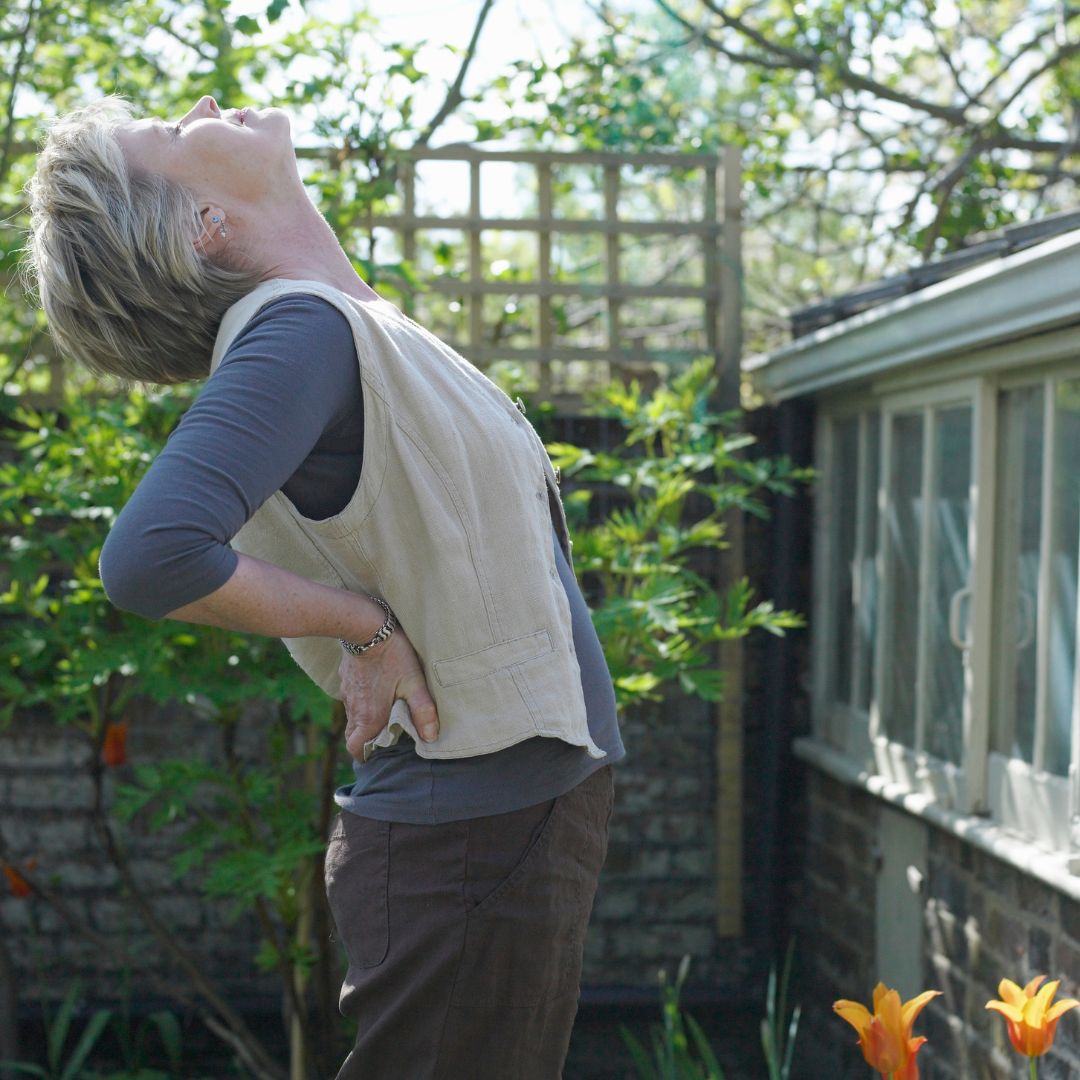
Standing Rectus Abdominis Stretch
Keeping it Happy
Have you ever had an abdominal massage before? Before getting that rectus abdominis treated, it’s important to know that the abdomen is rife with trigger points, which are hyper-irritable nodules found in muscular adhesions. They’re tender to the touch, and while some people really like that “good hurt”, others find trigger point therapy intolerable.
If you’re part of the group that can breathe through trigger point therapy, the modality can effectively treat knotted tissues in the rectus abdominis. If you find yourself holding your breath and guarding against the therapist’s deep pressure, don’t subject yourself to the treatment. When you recoil in response to the pressure, your muscles can’t relax – making the prolonged sharp pressure counterproductive. A lighter abdominal massage with gentle to medium effleurage and petrissage will still improve circulation, which will encourage the flow of oxygenated blood to the undernourished and dehydrated muscle.
After an abdominal massage, you’ll need to treat the antagonist muscles of the anterior abdominal wall. As is also the case with lateral abdominal wall treatment, the erectors and quadratus lumborum will need lengthening and strengthening to keep the torso and pelvis well aligned. So to reap the full benefit of the bodywork session, a back massage (be it deep tissue, myofascial release, assisted stretching, etc.) should follow an abdominal massage.
Now You Know!
Keep the trunk flexing, the internal organs in place, the breathing smooth, the pelvis balanced, and that linea alba tensed! Even if linea alba tension isn’t a significant action, let that pyramidalis have something to say for itself!
A strong core means a happier back. Strengthen that rectus abdominis to keep that back aligned!

Katrina Jenkins
Author, Licensed Massage Therapist
Katrina Jenkins graduated from Towson University in 2013 with a Bachelor’s Degree in Health Science and worked as a nurse’s aide briefly before pursuing her true passion. She graduated from the Massage Therapy Institute of Colorado in April 2016 with honors and completed the Touch of Healers Scholarship Program the following summer. She has been a part of the Moyer Total Wellness Team since the summer of 2017.
Resources
Plant, R. (2021). 10 Lower Ab Exercises for a Stronger Core. [online] Verywell Fit. Available at: https://www.verywellfit.com/lower-ab-exercises-5089108.
Shahid, S. (2020). Rectus abdominis muscle. [online] Kenhub. Available at: https://www.kenhub.com/en/library/anatomy/rectus-abdominis-muscle.
Vasković, MD, J. (2023a). Abdominal wall. [online] Kenhub. Available at: https://www.kenhub.com/en/library/anatomy/anterior-abdominal-wall.
Vasković, MD, J. (2023b). Pyramidalis muscle. [online] Kenhub. Available at: https://www.kenhub.com/en/library/anatomy/pyramidalis-muscle.
Photo Credit
Canva by Artem_Furman
Canva by sciencephoto
Canva by usulmoadib from Getty Images
Canva by sciencephoto
Canva by Maridav
Canva by Prostock-studio
Canva by shakzu
Canva by RDNE Stock project from Pexels
Canva by Ilona Shorokhova
Canva by Satyrenko
Canva by fizkes
Canva by strike0
Canva by Lovleah
Canva by bongkarngraphic
Canva by Michael Blann
Canva by ferrerivideo

